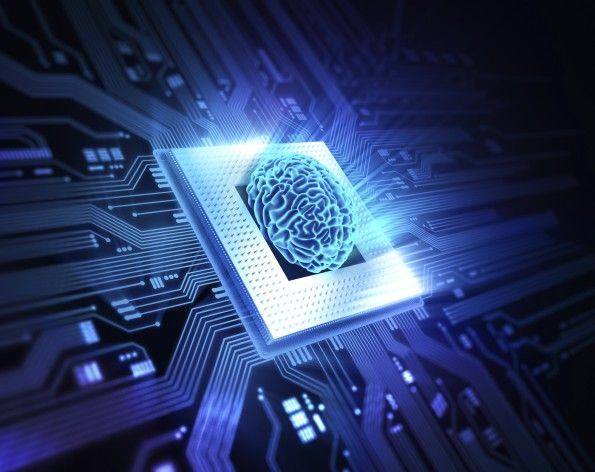Machine learning to be implemented in 300 million smartphones, Deloitte predicts

Every day we see the significant changes technology has delivered to improve our behavior and activity, especially with the proliferation of IoT devices. But 2017 may bring some particularly revolutionary changes, as 300 million smartphones are forecast to have machine learning functions implemented from the early development phase, according to Deloitte”s Technology, Media & Telecommunications (TMT) Predictions report.
Indoor navigation, image classification, augmented reality, speech recognition, language translation and many other features on a long ongoing list will be enhanced thanks to the machine learning function. The chips or software in at least one in five smartphones sold in 2017 will “act like a neural network” to function in areas without connectivity such as airplanes, remote areas or subway tunnels.
“This functionality will enhance applications including indoor navigation, image classification, augmented reality, speech recognition and language translation even where there is little or no cellular or Wi-Fi connectivity, such as in remote areas, underground or on an airplane,” Deloitte writes. “Where there is connectivity, on-board machine learning may allow tasks to be done better and faster, or with more privacy.”
Machine learning will play a valuable role in security, especially in IoT devices. The massive DDoS attacks of 2016 stemmed from lax security in connected devices. Sent from factories with pre-installed usernames and passwords, they can be easily compromised and turned into bots, but a machine learning chip might detect these issues and prevent them in the future.
Another improvement brought along by machine learning is latency.
“Latency is the time it takes your phone to send a signal to a cell tower, from cell tower to California and get it all back. That latency can be one or two seconds,” explains Duncan Stewart, Director of Technology, Media and Telecommunications Research, Deloitte Canada. “Now that”s not a big deal when you”re trying to translate a menu, but if you are, for example, flying a drone, driving a car, operating a robot inside a factory, you need to work in millisecond times. So having the machine learning on-board the device allows you to reduce latency which greatly enhances the ability of these mobile objects.”
Other global predictions for 2017 include growth in biometric opportunities as fingerprint reading devices are forecast to reach 1 billion and that DDoS attacks will become more sophisticated and frequent as a direct result of weak security in connected devices.
tags
Author
After having addressed topics such as NFC, startups, and tech innovation, she has now shifted focus to internet security, with a keen interest in smart homes and IoT threats.
View all postsRight now Top posts
Torrents with Pirated TV Shows Used to Push Lumma Stealer Malware
November 14, 2024
What Key Cyberthreats Do Small Businesses Face?
September 06, 2024
FOLLOW US ON SOCIAL MEDIA
You might also like
Bookmarks








